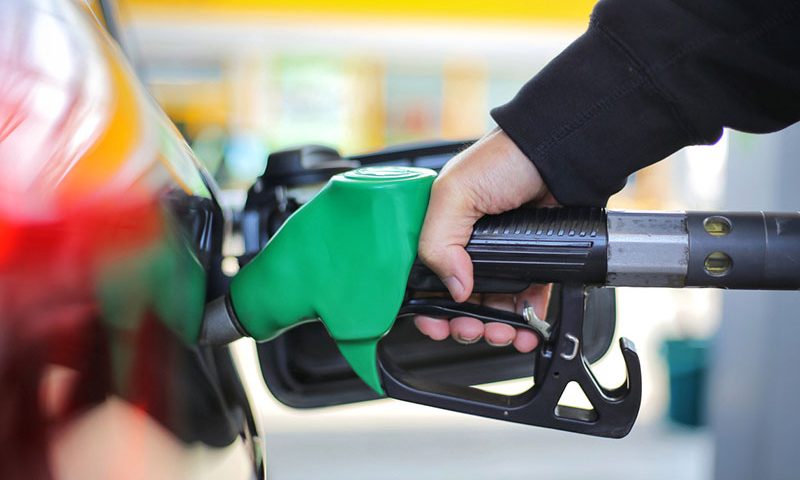5 steps to cutting your fuels costs

Has the rising cost of fuel got your purse strings in a tangle?
The price of petrol and diesel is hitting new highs every week. And for those who have a daily commute, or need to ferry the kids to school, rising numbers could have a significant impact on weekly budgets.
But cutting back on fuel costs doesn’t have to mean driving less. Follow these five simple steps to help keep your bills sensible.
How to reduce fuel costs
Step 1: Learn to drive more efficiently
Save fuel while you drive
- Easy on the accelerator – The harder you press on the accelerator, the more fuel you’re allowing to burn. Gently accelerating will help you reach the same speed using much less fuel, plus it will save you having to use the brakes if you take off too fast
- Don’t overuse the brakes – Every time you slam on the brakes, you’re letting valuable fuel go to waste. Where safe, it’s far more efficient to let yourself slow naturally so you can get the most out of your tank
- Use your gears – Did you know that higher gears a more efficient? It’s true! Make a habit of driving in the highest possible gear (without putting strain on the engine) to help conserve fuel
- Know your car’s top speed – When cruising on the motorway, cars have a speed range in which they feel most comfortable (for most cars this is between 55-65mph). Going above this range will likely mean you’ve got your foot hard on the accelerator, burning through unnecessary fuel
Step 2: Make your car more eco-friendly
Becoming more fuel efficient isn’t just about the way you drive. There are also steps you can take to make your car more eco-friendly.
- Keep your tyres pumped – Low tyre pressure can increase the friction between you and the road, meaning you need more fuel. But be careful not to overinflate – that will use more fuel too.
- Declutter your car – It makes sense that the heavier your car, the more energy it takes to get it moving. That means clearing all the junk from your boot could actually save you money. Removing the roof rack is another great way to make you lighter – every little helps
- Turn down the AC – Lots of people don’t realise that air-conditioning uses fuel to run. This generally means it’s more efficient to drive with the windows down and the AC off. However, if you’re going fast, the extra drag caused by having the windows down may actually make AC the better call
- Be clever with your fuel tank – Having a full tank of fuel adds extra weight. That means the less fuel you have in your car, the more efficiently it drives. Fill up little and often to keep your car performing at peak efficiency
- Keep cruise control for motorways – cruise control is great for saving fuel on long flat roads. However, if the road is steep, cruise control is far slower to react, meaning it will accelerate for longer than needed going up hill
Step 3: Find the cheapest petrol or diesel near you
It’s no secret that some filling stations are more expensive than others. But how do you know where to get the best deal? Luckily, there’s a nifty free tool that can help you find the cheapest forecourt in your area in just a few clicks.
PetrolPrices.com tracks the petrol, diesel, super unleaded and premium diesel prices for around 8,500 forecourts across the UK. There’s also a mobile app so you can check fuel prices on the go.
Step 4: Earn cashback on fuel
There are a few cards and schemes out there that can help you save money even once you get to the pump.
- Supermarket loyalty cards – Some supermarkets such as Tesco have loyalty schemes that let you earn benefit from your daily shopping and fuel. The Sainsbury’s Nectar card is another one, letting you earn a point per litre every time you fill up at any Sainsbury’s, BP or Esso garage
- Cashback credit cards – This is a type of credit card that gives you a little cash reward every time you spend – just remember to pay it back in full
- Business fuel cards – If you’re a business owner, you can apply for a fuel card, such as Allstar. Fuel cards allow businesses to save of fuel by charging a flat rate rather than fluctuating prices at the pump
Step 5: Share the driving (or split the fuel cost)
Sharing lifts to work, or teaming up with other parents to pick-up and drop-off from school can easily help you trim your fuel bill.
Or, if you often give lifts to friends or neighbours, ask if they can give you a fuel donation for each journey they share.
Check this savings calculator by Liftshare to find out just how much you could be saving by splitting the cost of regular journeys.


